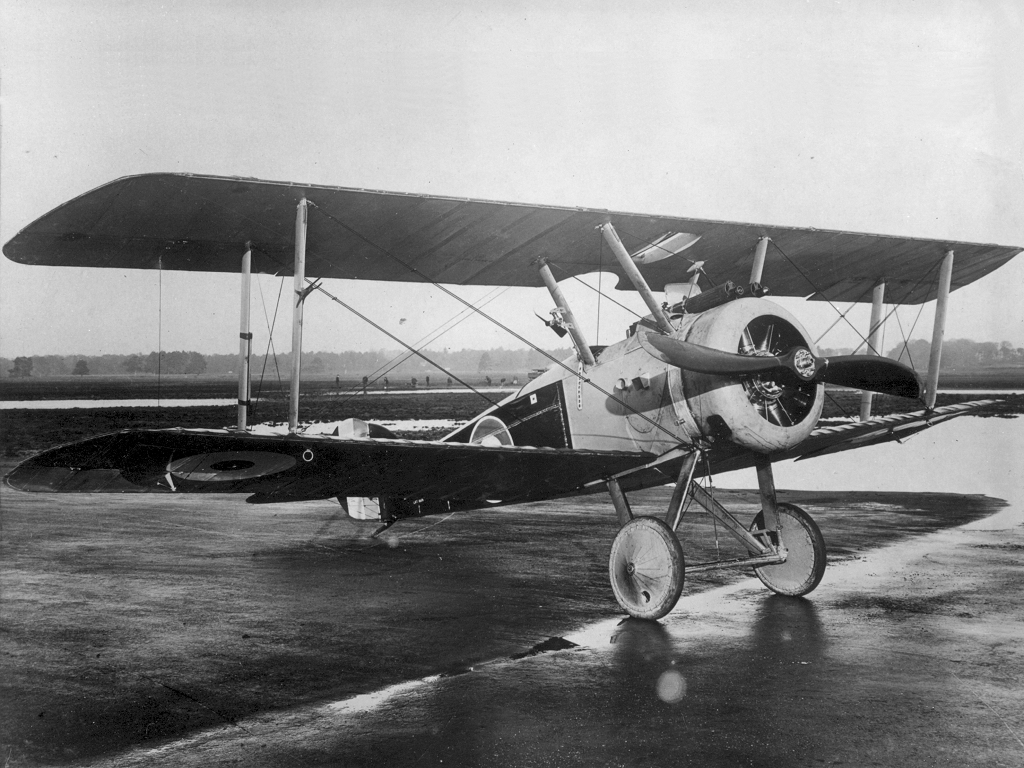
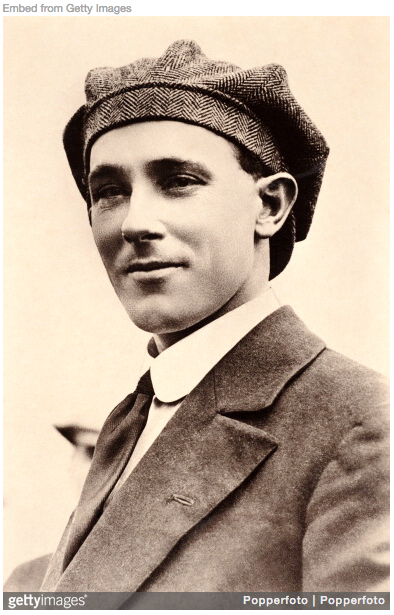 21 December 1916: Harry George Hawker, M.B.E., A.F.C., made the first flight of the Sopwith Camel at Brooklands Aerodrome, Surrey, England. This airplane would become the Royal Air Force’s most successful fighter of World War I.
21 December 1916: Harry George Hawker, M.B.E., A.F.C., made the first flight of the Sopwith Camel at Brooklands Aerodrome, Surrey, England. This airplane would become the Royal Air Force’s most successful fighter of World War I.
The Sopwith Camel F.1 was a British single-place, single-engine biplane fighter, produced by the Sopwith Aviation Co., Ltd., Canbury Park Road, Kingston-on-Thames. The airplane was constructed of a wooden framework, with the forward fuselage being covered with aluminum panels and plywood, while the aft fuselage, wings and tail surfaces were covered with fabric.
The length of the Camel F.1 varied from 18 feet, 6 inches (5.639 meters) to 19 feet, 0 inches (5.791 meters), depending on which engine was installed. Both upper and lower wings had a span of 28 feet, 0 inches (8.534 meters) and chord of 4 feet, 6 inches (1.372 meters). They were separated vertically by 5 feet (1.524 meters) at the fuselage. The upper wing had 0° dihedral, while the lower wing had 5° dihedral and was staggered 1 foot, 6 inches (0.457 meters) behind the upper wing. The single-bay wings were braced with airfoil-shaped streamline wires. The overall height of the Camel also varied with the engine, from 8 feet, 6 inches (2.591 meters) to 8 feet, 9 inches (2.667 meters).
The heaviest Camel F.1 variant used the Le Rhône 180 h.p. engine. It had an empty weight of 1,048 pounds (475 kilograms). Its gross weight of 1,567 pounds (711 kilograms). The lightest was equipped with the Gnôme Monosoupape 100 horsepower engine, with weights of 882 pounds (400 kilograms) and 1,387 pounds (629 kilograms), respectively.
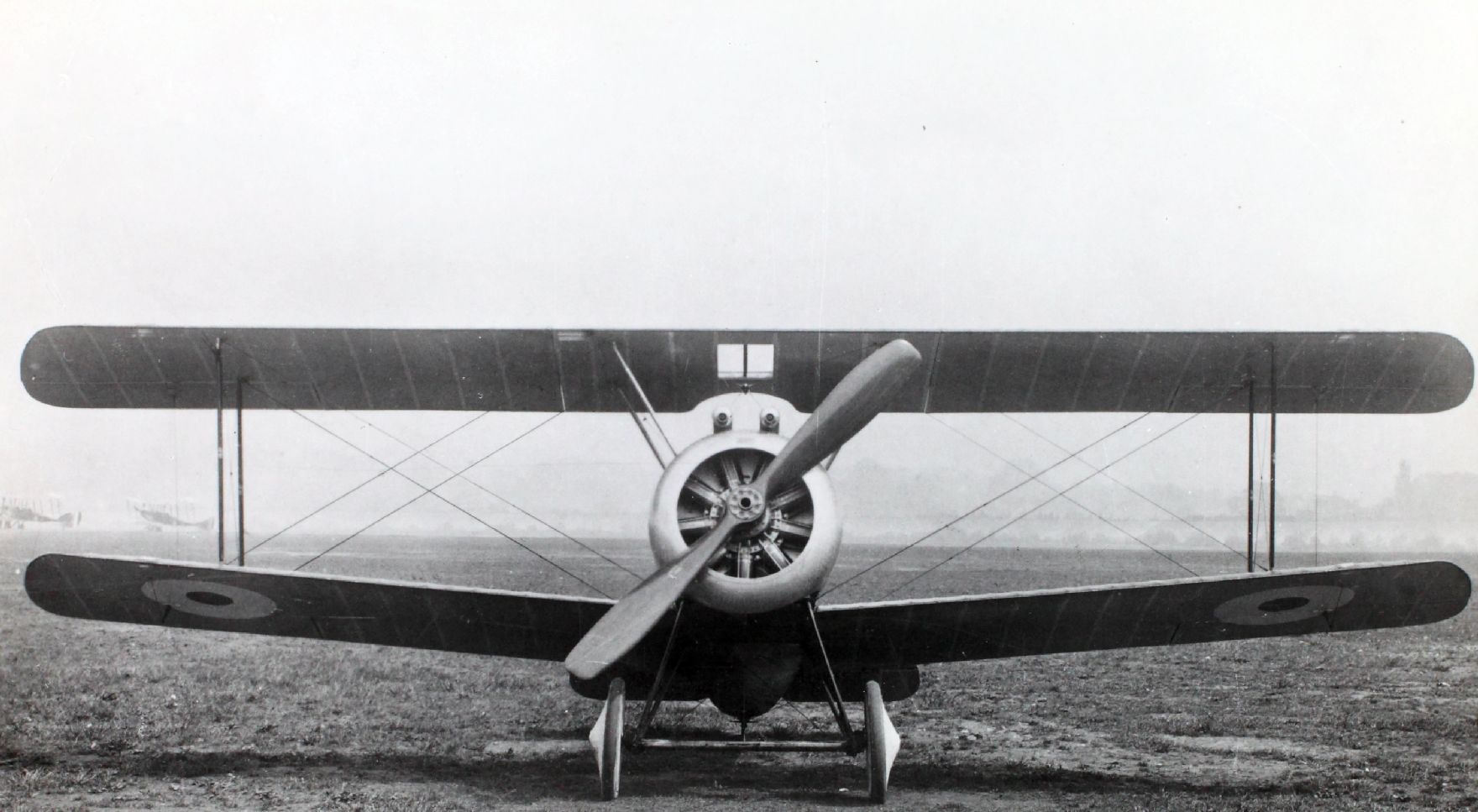
The first Camel was powered by an air-cooled 15.268 liter (931.72 cubic inches) Société Clerget-Blin et Cie Clerget Type 9 nine-cylinder rotary engine which produced 110 horsepower at 1,200 r.p.m. and drove a wooden two-bladed propeller. Eight different rotary engines ¹ from four manufacturers, ranging from 100 to 180 horsepower, were used in the type.
The best performance came with the Bentley B.R.1 engine (5.7:1 compression ratio). This variant had a maximum speed of 121 miles per hour (195 kilometers per hour) at 10,000 feet (3,048 meters), and 114.5 miles per hour (184 kilometers per hour) at 15,000 feet (4,572 meters). It could climb to 6,500 feet (1,981 meters) in 4 minutes, 35 seconds; to 10,000 feet (3,048 meters) in 8 minutes, 10 seconds; and 15,000 feet (4,572 meters) in 15 minutes, 55 seconds. It had a service ceiling of 22,000 feet (6,706 meters). Two other Camel variants could reach 24,000 feet (7,315 meters).

The Bentley B.R.1 rotary engine was designed by Lieutenant Walter Owen Bentley, Royal Naval Air Service (later, Captain, Royal Air Force), based on the Clerget Type 9, but with major improvements. It used aluminum cylinders shrunk on to steel liners, with aluminum pistons. The Bentley B.R.1 (originally named the Admiralty Rotary, A.R.1, as it was intended for use by the Royal Navy) was an air-cooled, normally-aspirated 17.304 liter (1,055.948 cubic inches) right-hand tractor, nine-cylinder rotary engine with a compression ratio of 5.7:1. It was rated at 150 horsepower at 1,250 r.p.m. The B.R.1 was 1.110 meters (3 feet, 7.7 inches) long, 1.070 meters (3 feet, 6.125 inches) in diameter and weighed 184 kilograms (406 pounds.) The engine was manufactured by Humber, Ltd., Coventry, England, and Vickers, Ltd., Crayford.
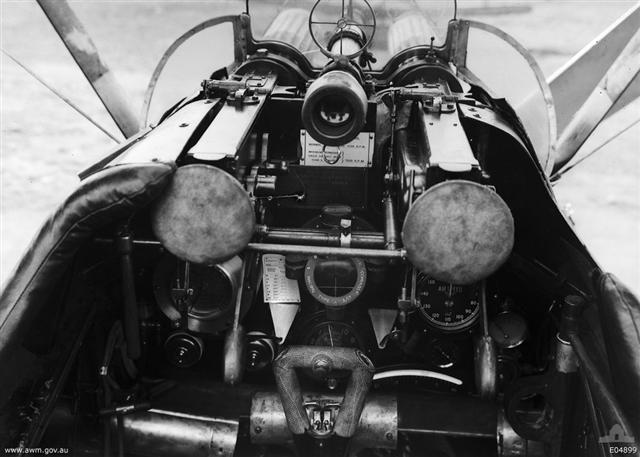
The Camel was armed with two fixed, forward-firing .303-caliber (7.7×56mmR) Vickers machine guns, synchronized to fire forward through the propeller. These guns were modified for air cooling. Some night fighter variants substituted Lewis machine guns mounted above the upper wing for the Vickers guns. Four 25 pound (11.3 kilogram) bombs could be carried on racks under the fuselage.
The Sopwith Camel was a difficult airplane to fly. Most of its weight was concentrated far forward, making it unstable, but, at the same time making the fighter highly maneuverable. The rotary engine, with so much of its mass in rotation, caused a torque effect that rolled the airplane to the right to a much greater degree than in airplanes equipped with radial or V-type engines. A skilled pilot could use this to his advantage, but many Camels ended upside down while taking off.
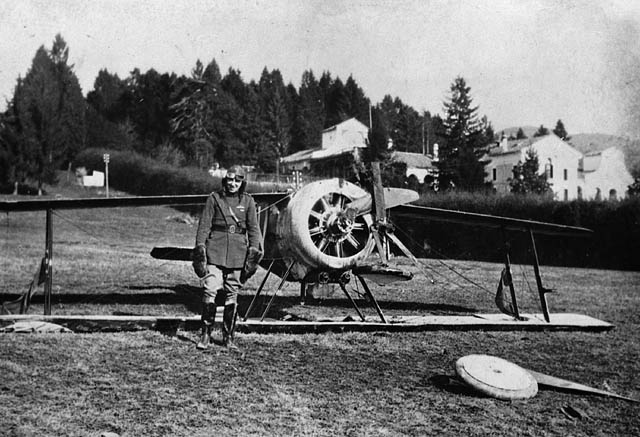
Twelve manufacturers ² produced 5,490 Sopwith Camels between 1916 and 1920. By the end of World War I, it was becoming outclassed by newer aircraft, however it was the single most successful fighter of the war, shooting down 1,294 enemy aircraft.
One single fighter, Major William Barker’s Sopwith Aviation Co., Ltd., Camel F.1 B.6313 shot down 46 enemy aircraft, more than any other fighter in history.
It is believed that only seven Sopwith Camels still exist.
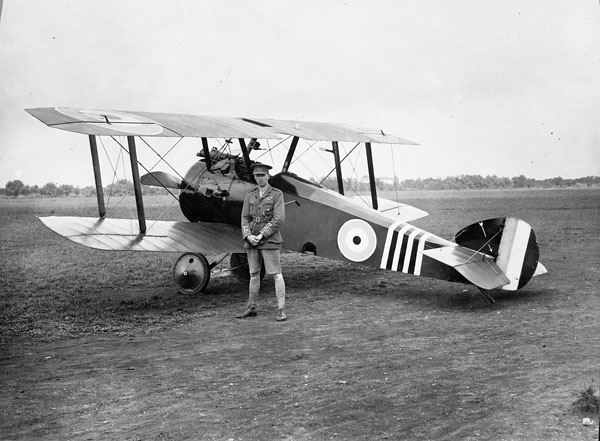
¹ Humber, Ltd., Bentley B.R.1 150 h.p., B.R.1 (5.7:1 c.r.); Clerget 9B, 130 h.p.; Clerget 9Bf, 130 h.p. (long stroke); Gnôme Monosoupape, 100 h.p.; Gnôme Monosoupape, 150 h.p.; Le Rhône, 110 h.p.; and Le Rhône 180 h.p.
² Sopwith Aviation Co., Ltd., Kingston-on-Thames; Boulton and Paul, Ltd., Norwich; British Caudron Co., London; Clayton and Shuttleworth, Ltd., Lincoln; Hooper and Co., Ltd., London; March, Jones and Cribb, Ltd., Leeds; Nieuport and General Aircraft Co., Ltd., London; Ruston, Proctor and Co., Ltd., Lincoln; Fairey Aviation Co., Ltd.; Portholme Aerodrome Ltd., Huntingdon; Wm. Beardmore & Co., Ltd., Glasgow; Pegler & Co., Ltd., Doncaster.
© 2017, Bryan R. Swopes